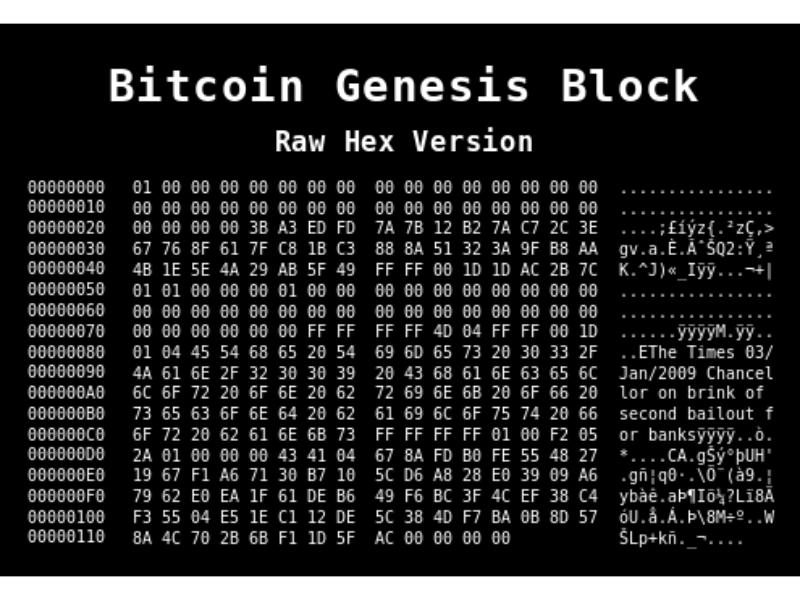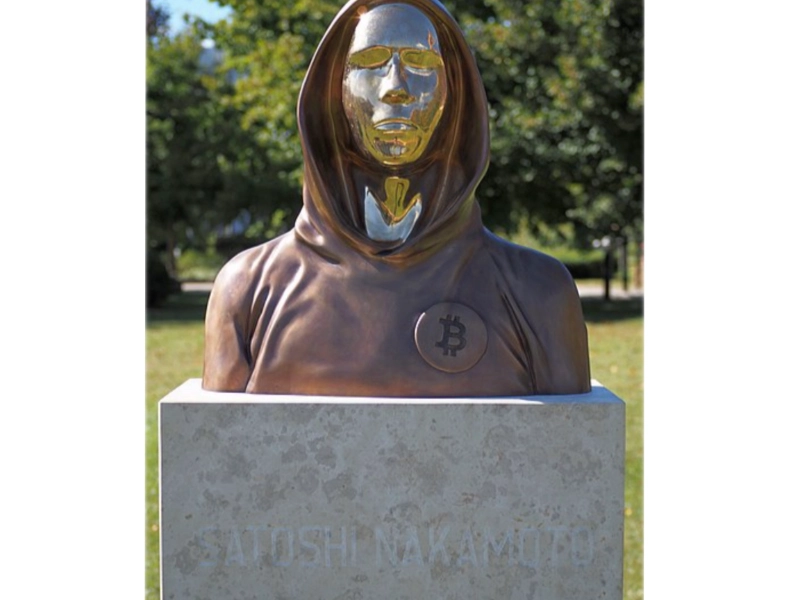- Blockchain technology was first conceptualised by an individual or group known as Satoshi Nakamoto.
- Satoshi Nakamoto’s identity remains unknown and shrouded in mystery.
- The development and evolution of blockchain technology involved contributions from numerous cryptographers, computer scientists, and researchers.
While its applications extend far beyond digital currencies, the origins of blockchain technology are rooted in the desire to create a decentralised, secure, and transparent system for transactions. The enigmatic figure behind this groundbreaking invention is known as Satoshi Nakamoto. Despite numerous attempts to unveil Nakamoto’s true identity, it remains one of the most intriguing mysteries in the tech world.
Also read: Who is Satoshi Nakamoto? The hunt for bitcoin’s elusive founder
The conceptualisation of blockchain technology
Early cryptographic concepts: Before the advent of blockchain, various cryptographic concepts laid the groundwork for its development. In the late 20th century, cryptographers and computer scientists explored methods to secure digital transactions and create digital currencies. One of the earliest notable contributions was the idea of a cryptographically secure chain of blocks, which was discussed in the works of Stuart Haber and W. Scott Stornetta in 1991. They proposed a system where document timestamps could not be tampered with, laying a foundation for future blockchain technology.
Satoshi Nakamoto and the Bitcoin whitepaper: The true breakthrough came in 2008 when a person or group using the pseudonym Satoshi Nakamoto published the Bitcoin whitepaper titled “Bitcoin: A Peer-to-Peer Electronic Cash System”. This document outlined the framework for a new type of digital currency that utilised a decentralised ledger, which would later be known as blockchain. Nakamoto’s whitepaper proposed a solution to the double-spending problem, a critical issue in digital currency, by using a consensus mechanism known as Proof of Work (PoW).
The Genesis Block: On January 3, 2009, Nakamoto mined the first block of the Bitcoin blockchain, known as the Genesis Block. Embedded in this block was a message: “The Times 03/Jan/2009 Chancellor on brink of second bailout for banks.” This message not only timestamped the creation of the first block but also hinted at the underlying motivation for creating Bitcoin—a response to the financial crisis and a critique of the traditional banking system.
Also read: How do AI and blockchain work together?
The enigma of Satoshi Nakamoto

Satoshi Nakamoto’s true identity remains unknown, despite numerous attempts to uncover who they might be. Over the years, several individuals have been speculated to be Nakamoto, including computer scientists, cryptographers, and even famous tech entrepreneurs. Some of the most prominent candidates include Hal Finney, Nick Szabo, and Dorian Nakamoto, but none have been definitively proven to be Satoshi.
Hal Finney: Hal Finney, a renowned computer scientist and early Bitcoin contributor, was one of the first people to receive a Bitcoin transaction from Nakamoto. Finney’s involvement in the development and his communication with Nakamoto led many to believe he could be the person behind the pseudonym. However, Finney consistently denied these claims until his death in 2014.
Nick Szabo: Nick Szabo, a cryptographer and legal scholar, is another strong candidate. Szabo developed the concept of “bit gold,” a precursor to Bitcoin, and his writings on decentralised currency closely align with Bitcoin’s principles. Despite this, Szabo has denied being Nakamoto, and no conclusive evidence has linked him to the pseudonym.
Dorian Nakamoto: In 2014, Newsweek published an article claiming that Dorian Nakamoto, a Japanese-American living in California, was the creator of Bitcoin. This assertion was based on circumstantial evidence and a misunderstood comment. Dorian Nakamoto vehemently denied any connection to Bitcoin, and the claim was largely discredited.
Other theories: Beyond these individuals, other theories suggest that Satoshi Nakamoto could be a collective pseudonym for a group of developers or even an intelligence agency. Despite extensive speculation, Nakamoto’s true identity remains one of the most captivating mysteries in modern technology.
Also read: What is the difference between fintech and blockchain?
Contributions to blockchain technology
Early developers and collaborators: Following the release of the Bitcoin whitepaper, several key figures contributed to the development and enhancement of blockchain technology. Hal Finney, Gavin Andresen, and Jeff Garzik were among the early developers who worked closely with Nakamoto. Their efforts were crucial in improving the Bitcoin protocol and expanding its adoption.
Gavin Andresen: Gavin Andresen became one of the most prominent figures in the Bitcoin community after Nakamoto’s departure. In 2010, Nakamoto handed over control of the Bitcoin code repository and network alert key to Andresen, effectively making him the lead developer. Andresen established the Bitcoin Foundation to promote and support Bitcoin development.
The role of the cryptography community: The broader cryptography community also played a significant role in advancing blockchain technology. Innovations in cryptographic techniques, such as elliptic curve cryptography and hash functions, provided the necessary tools for secure blockchain operations. Researchers and developers continuously worked on enhancing the security, scalability, and efficiency of blockchain systems.
Ethereum and smart contracts: The introduction of Ethereum in 2015 by Vitalik Buterin marked a significant evolution in blockchain technology. Ethereum expanded the capabilities of blockchain beyond digital currency by introducing smart contracts—self-executing contracts with the terms directly written into code. This innovation opened up a wide range of applications, from decentralised finance (DeFi) to supply chain management.
Also read: New crypto ecosystem to showcase promising blockchain projects
Blockchain’s evolution and impact
Decentralised finance (DeFi): Blockchain technology has profoundly impacted the financial sector through the development of decentralised finance (DeFi). DeFi platforms leverage blockchain to offer financial services such as lending, borrowing, and trading without traditional intermediaries. This movement aims to create a more inclusive and transparent financial system.
Non-fungible tokens (NFTs): Another significant application of blockchain technology is non-fungible tokens (NFTs). NFTs are unique digital assets that are verified and stored on a blockchain, enabling ownership and transfer of digital art, collectibles, and other assets. The NFT market has seen explosive growth, attracting artists, collectors, and investors.
Supply chain and logistics: Blockchain’s ability to provide transparent and immutable records has also changed supply chain and logistics. Companies use blockchain to track products from origin to destination, ensuring authenticity and reducing fraud. This application enhances efficiency and trust in global trade.
Government and public sector: Governments and public sector organisations have begun exploring blockchain for various applications, including voting systems, identity verification, and land registries. Blockchain’s transparency and security features make it an attractive solution for improving public services and reducing corruption.
Environmental impact: While blockchain technology offers numerous benefits, it also poses environmental challenges, particularly due to the energy-intensive nature of Proof of Work (PoW) mining. The industry is actively exploring more sustainable alternatives, such as Proof of Stake (PoS) and other consensus mechanisms, to reduce its carbon footprint.

